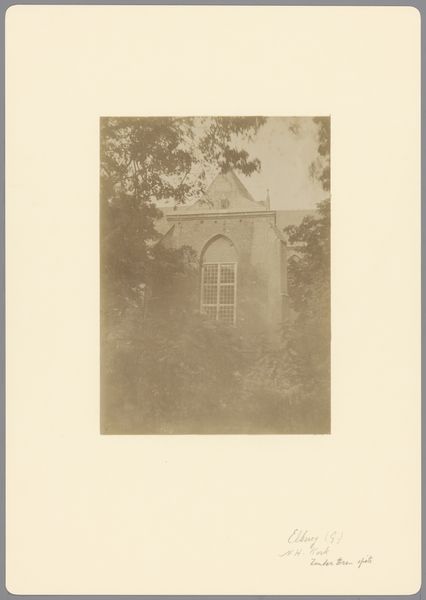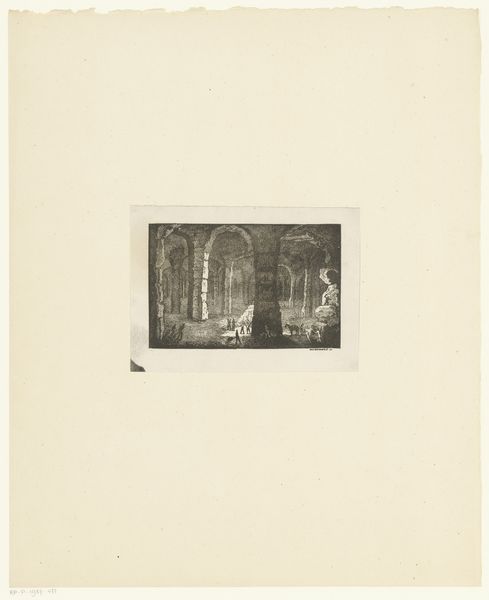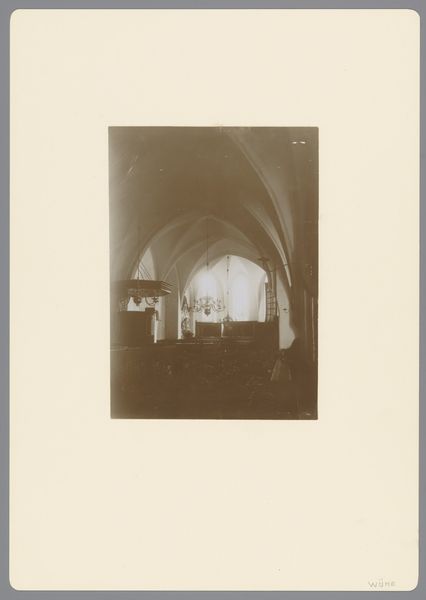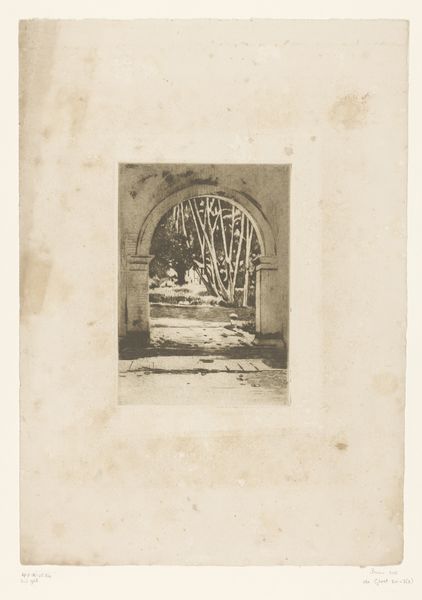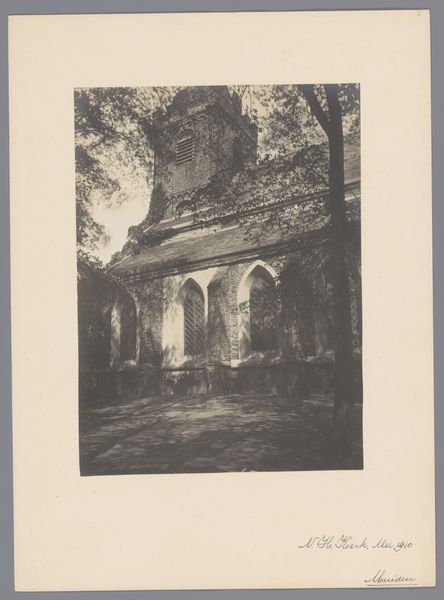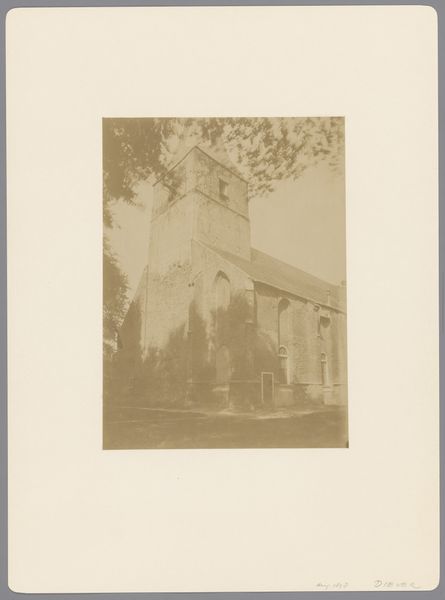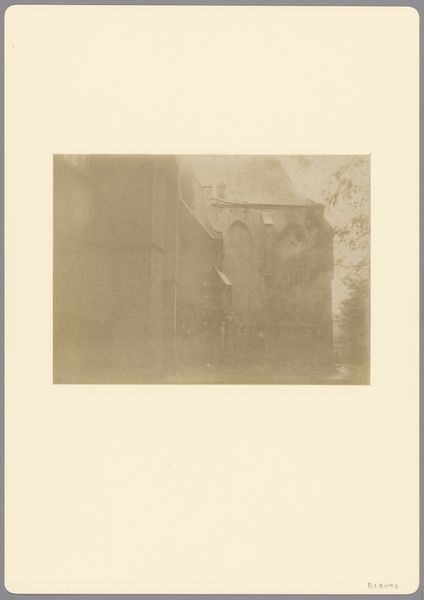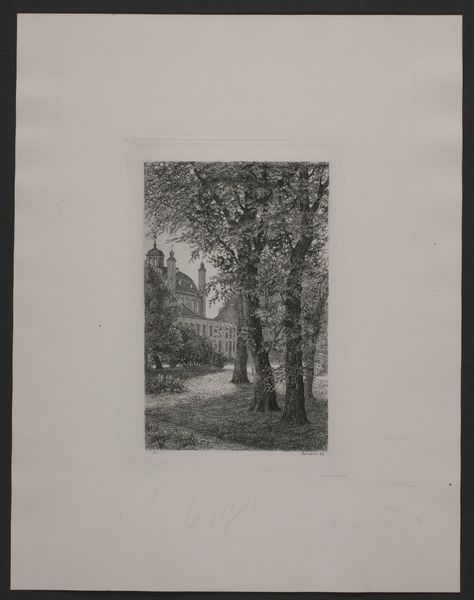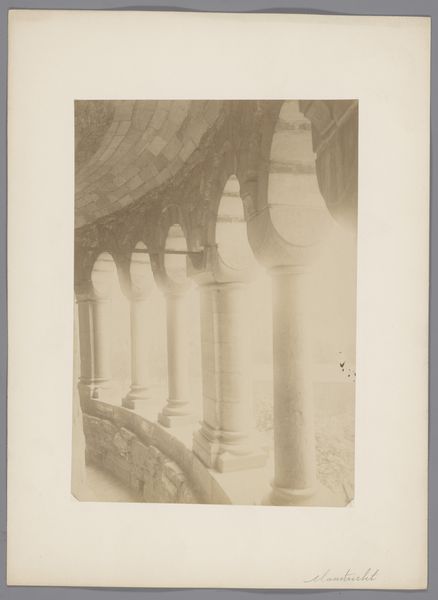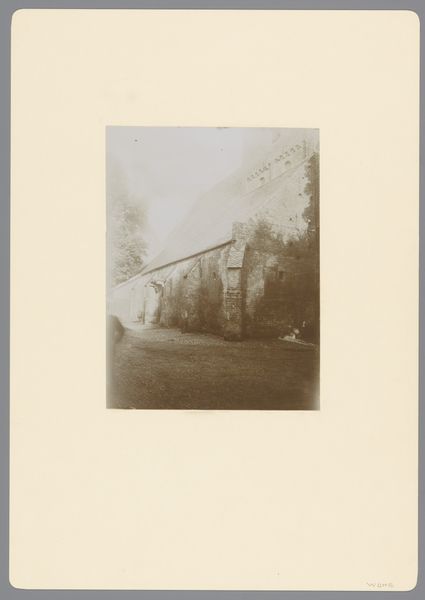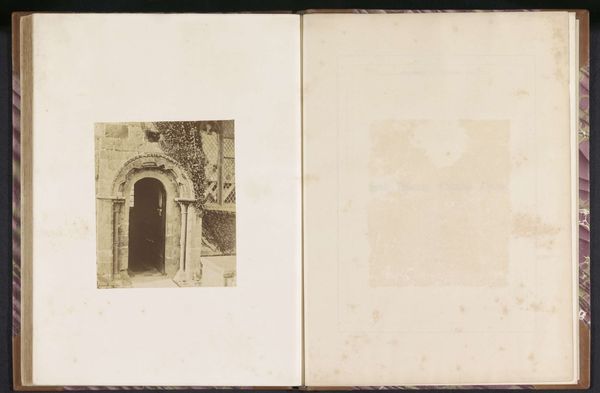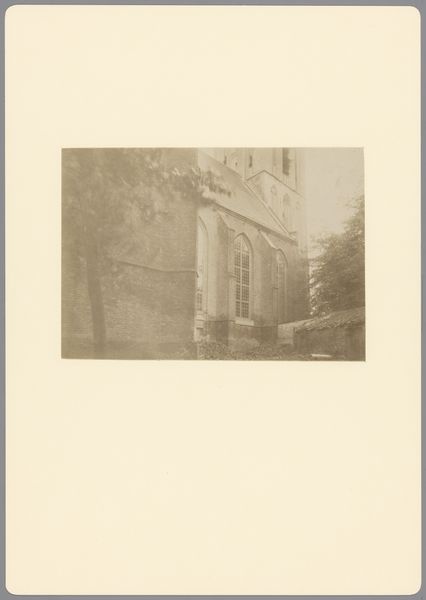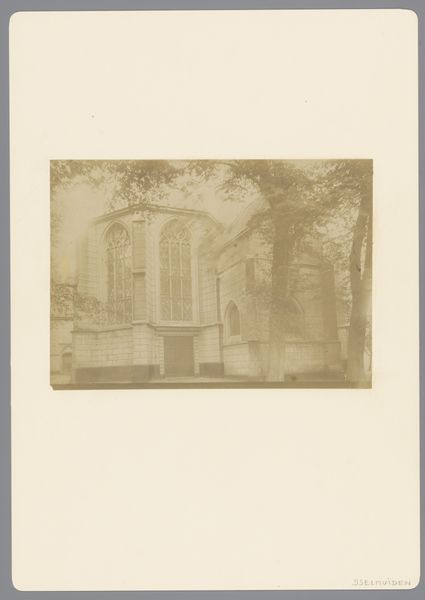
print, paper, photography
#
16_19th-century
# print
#
landscape
#
paper
#
photography
#
england
Dimensions: 16.5 × 20.5 cm (image); 19.5 × 24.9 cm (paper)
Copyright: Public Domain
Curator: Up next we have William Henry Fox Talbot’s "The Ancient Vestry," likely created around 1845. It's a salted paper print from a calotype negative, typical of his early photographic experiments. Editor: It’s really quite ethereal, almost dreamlike. The soft focus and tonal range create this incredibly tranquil atmosphere. There's an element of timelessness to it, like stepping back into another era. Curator: Talbot's calotype process was revolutionary. Unlike the sharper daguerreotype, it produced a paper negative, allowing for multiple prints. Consider the implications for disseminating imagery – the democratization of art, essentially. This process blurred the lines between artistic production and industrial replication. Editor: Absolutely. And you can see that focus on process reflected in the final product. The texture of the paper itself is integral to the overall aesthetic. The slight blurring around the edges further enhances the handcrafted quality, drawing attention to the making, the labor inherent in producing this kind of image. How readily available were images like this to the wider populace at this time? Curator: Not readily, no. The calotype process was patented. It gave Talbot significant control but also arguably limited its widespread adoption. Its early exhibition contexts are important; it was presented as both scientific marvel and artistic object, playing into broader discussions around photography’s place in Victorian society and how public tastes are forged. Editor: And the social context, as you say, is palpable in the subject matter. This isn’t just any building; it’s the ancient vestry. Symbolically, the choice says something about the authority, the legacy of institutions. The ivy creeping up the walls adds a beautiful layer of decay but also signifies time and memory. Curator: Indeed. And note the figure near the arches. Is this staged or simply a passing individual? These subtleties contribute to the visual narrative and, importantly, to how early viewers would read photographic truth and fiction. This is one of the things that’s still really being worked out as a social and political function in photographic works, at the time. Editor: "The Ancient Vestry" showcases how photography intertwines technique, material, and social context. Examining his methods brings us closer to the conditions of production. Curator: Ultimately, it speaks to the ongoing negotiation between art, industry, and society that defined the era, and that in many ways still defines us. Thanks for those insights.
Comments
No comments
Be the first to comment and join the conversation on the ultimate creative platform.
